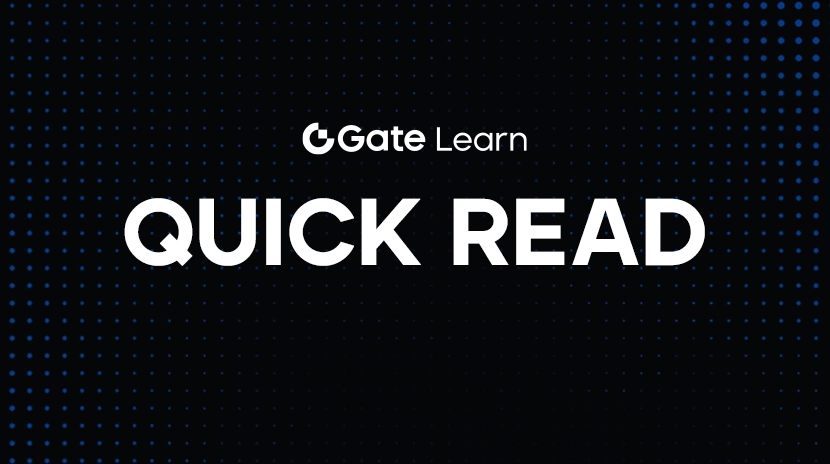什麼是 XLM(Stellar Lumens)?恒星區塊鏈及其原生加密貨幣的全面指南

圖片來源:https://www.fxleaders.com/forecasts/crypto/stellar-lumens-price-forecast/2025/
在快速發展的區塊鏈和加密貨幣世界中,恒星幣(XLM)憑借其專注於革新跨境支付和金融包容性的項目而脫穎而出。無論您是加密貨幣愛好者還是一名探索另類幣的新投資者,了解XLM是什麼以及它如何運作都可以幫助您做出明智的決策。在本文中,我們深入探討了恒星幣的目的、技術、用例和未來展望。
關於Stellar Lumens(XLM)的介紹
Stellar 光環 (XLM) 是Stellar Network的本地加密貨幣,這是一個開源的、去中心化的數字貨幣與法幣轉帳協議。Stellar於2014年推出,旨在使金融系統更加開放和便捷,特別是針對全球無銀行帳戶人口。
您可以在Gate.com上購買、出售和交易XLMGate.com的XLM市場 — 爲加密資產提供的最可靠平台之一。
Stellar的起源:創始人和使命
Stellar網絡於2014年由Jed McCaleb和Joyce Kim推出,他們是區塊鏈領域的兩位知名人物,旨在創建一個可供所有人訪問的去中心化金融系統,而不僅僅是精英或已建立的機構。
Jed McCaleb,一位著名的程序員和企業家,曾經創立了Mt. Gox比特幣交易所,並且是Ripple Labs的聯合創始人。盡管Ripple在爲銀行構建企業級區塊鏈解決方案方面取得了成功,但McCaleb設想了一個更具包容性的金融生態系統——一個專注於賦予個人力量的生態系統,特別是那些在未被銀行服務或發展中地區的個人。這一願景促成了Stellar的創建。
喬伊斯·金(Joyce Kim)是一位前律師和風險投資家,她同樣對金融公正懷有熱情。他們共同成立了恒星發展基金會(SDF)——一家致力於恒星協議增長和發展的非營利組織。
Stellar的使命簡單而強大:
“創造對全球金融系統的公平訪問。”
Stellar的目標是彌合傳統銀行系統和區塊鏈技術之間的差距。通過實現快速、低成本和無國界的交易,該網絡旨在支持匯款、微支付、移動銀行和資產發行,所有這些都不依賴於中央機構。
隨着時間的推移,Stellar始終忠於其創始價值觀。該平台是開源的、透明的、社區驅動的,並積極與非政府組織、金融科技初創公司和全球機構合作,推動其願景的實現。
這種對去中心化和包容性的承諾使得Stellar不僅僅是又一個區塊鏈項目,而是一個以實際影響爲導向的使命倡議。
Stellar如何運作:XLM背後的技術
Stellar使用Stellar共識協議(SCP)運作,這是一種獨特的共識機制,不依賴於挖礦或工作證明。相反,SCP使用基於法定人數的系統,節點通過受信任的驗證者達成共識,從而實現更快速、更便宜的交易。
交易終局性:3–5秒
每筆交易成本:~0.00001 XLM
恒星還支持智能合約和代幣發行,這使其與傳統金融系統相比非常靈活。
Stellar Lumens的主要特點
以下是使Stellar和XLM獨特的一些突出特點:
快速交易:幾乎即時的結算時間
低費用:由於交易成本極低,微支付成爲可能
去中心化:通過其共識機制進行開放參與
多加密貨幣支持:Stellar允許使用內置DEX功能進行貨幣交換
探索恒星的實時表現在Gate.com的XLM價格走勢圖.
用例和應用
Stellar在各種真實場景中被使用,包括:
跨境匯款:以最低手續費國際匯款
資產通證化: 發行真實資產的數字化表示
微支付: 適用於新興市場中的低價值交易
移動銀行:特別適用於銀行基礎設施有限的地區
主要合作夥伴關系和合作
Stellar近年來與許多重要夥伴建立了重要合作關系,其中包括:
IBM: 推出了基於區塊鏈的全球支付系統World Wire,採用了Stellar
MoneyGram:通過Stellar方便現金與加密貨幣以及加密貨幣與現金的兌換
Circle: 在Stellar區塊鏈上發布了USDC穩定幣
這些合作彰顯了恒星的可信度和日益增長的機構採用。
Tokenomics: XLM供應和分配

圖片來源: https://www.Gate.com/trade/XLM_USDT
了解恒星幣(XLM)的通證經濟學對於評估其長期可持續性和價值主張至關重要。自2014年推出以來,恒星在通證供應和分配方面的方法發生了重大變化。
初始供應量和通貨膨脹模型
恒星最初的總供應量爲1000億枚XLM。最初,該網絡的年通脹率爲1%,意味着每年引入新代幣進入流通。這些代幣通過社區投票機制分發,獎勵爲生態系統作出貢獻的活躍用戶和開發者。
然而,到2019年10月,經社區投票後,通貨膨脹機制被永久停用,以回應反饋意見,認爲該機制的效用有限,且未能促進生態系統的有意義增長。
2019代幣銷毀
2019年11月,恒星發展基金會(SDF)通過銷毀550億XLM代幣,將總供應量從1050億(包括通貨膨脹)減少到500億XLM,有效地減少了供應量。此決定旨在增強透明度,改善長期可持續性,並使代幣供應更加貼近實際生態系統需求。
燃燒後的故障分布如下:
200億XLM:流通供應量
30 十億 XLM: 由SDF保留用於生態支持和發展
代幣銷毀顯著改變了XLM的供應動態,使其與原始通貨膨脹模型相比更具通貨緊縮性結構。
當前分配結構
截至2025年,代幣分發大致如下:
流通供應量:超過280億XLM
由SDF持有: 約220億XLM(用於生態系統補助、合作夥伴關系、用戶獲取和運營成本)
SDF已承諾透明地報告代幣使用情況和儲備。您可以實時跟蹤此信息官方授權和資金使用頁面.
效用和需求驅動因素
XLM在Stellar生態系統內有幾個基於實用性的角色:
交易費用:XLM用於支付每筆交易的最低費用
最低帳戶餘額:每個Stellar帳戶必須持有一定數量的XLM作爲儲備,以防止垃圾郵件
橋梁貨幣:XLM在網絡上促進不同法定貨幣和加密貨幣之間的轉換
這些角色確保了對XLM的持續需求,特別是在網絡看到跨境交易和代幣發行的增加使用時。
Stellar vs. Ripple: 一項比較分析
盡管恒星和瑞波共享創始人,並旨在改善金融系統,但它們服務不同的受衆:

恒星的使命更傾向於包容性,而瑞波則以機構爲重點。
未來展望:恒星和XLM的下一步是什麼?
恒星網絡正在不斷發展,具有更強的可擴展性特徵,整合了央行數字貨幣(CBDCs),並拓展了更廣泛的合作夥伴關系。2024年,恒星基金會提出了可編程貨幣的新工具,表明朝着更復雜的去中心化金融(DeFi)功能的轉變。
隨着機構投資的增長和明確的路線圖,XLM可能在未來幾年看到增加的需求。
在Gate.com上及時獲取Stellar新聞恒星發展基金會博客.
結論:XLM在不斷發展的加密貨幣領域中的作用
恒星幣(XLM)繼續在彌合傳統金融和去中心化生態之間的鴻溝中發揮關鍵作用。憑借其強調快速、可負擔得起的跨境支付和金融包容性,恒星幣被視爲具有現實世界實用性的區塊鏈項目。
對XLM感興趣交易或投資嗎?在Gate.com上註冊探索更多功能,並利用教育內容、質押機會和市場分析。
免責聲明:本文僅供信息目的,不構成財務或投資建議。在做出任何投資決定之前,請始終進行自己的研究。
相關文章
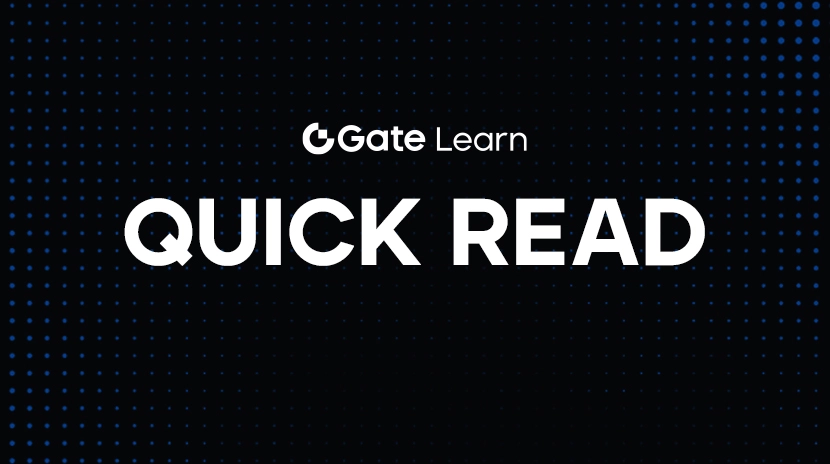
黃金價格走勢:市場焦點轉向鮑威爾演說
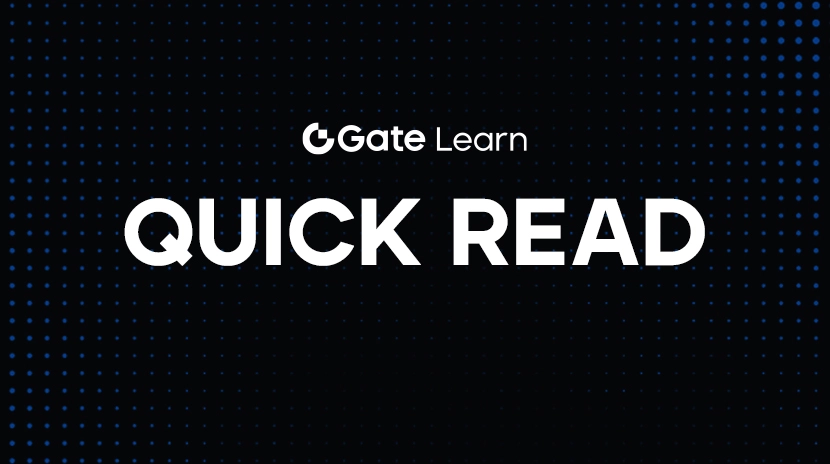
新手必讀:2025 年最新美債 ETF 推薦及策略
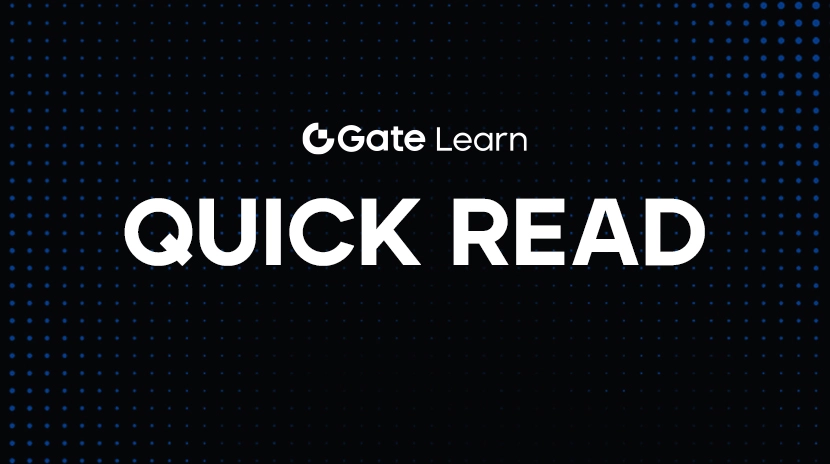
Nasdaq 100 指數最新動態與投資策略
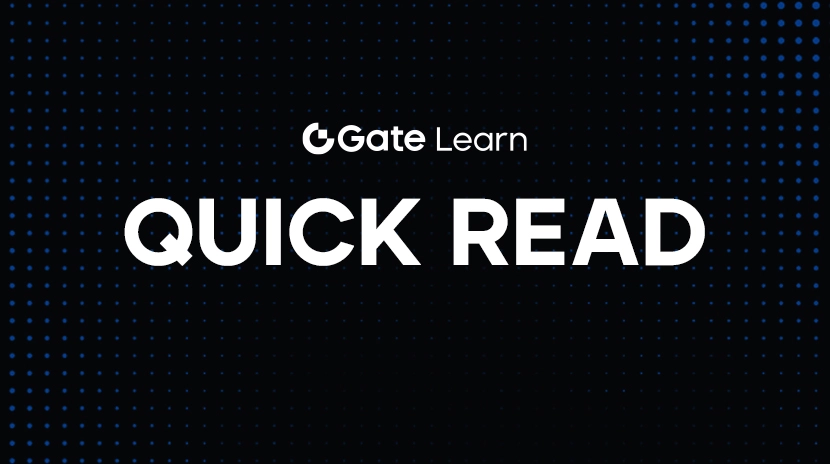
2025 年房屋稅新制全方位解析—政策修訂重點及納稅人因應對策

